Introduction: The Future of Medicine
The best way to predict the future is to invent it. – Alan Kay
This quote reminds us that our future, especially in medicine, is shaped by our innovations today. As we venture into the realm of nanotech, we stand at the crossroads of imagination and reality, where tiny machines might eliminate diseases that have plagued humanity for centuries. It's no longer just a fantasy crafted by authors like Isaac Asimov, Fritz Scholder, and Ray Kurzweil. Instead, we're witnessing the dawn of a revolutionary era. Can you feel the excitement? With the advent of nanobots as potential frontline defenders in healthcare, we're not just daydreaming; we're on the edge of monumental breakthroughs that could reshape our understanding of disease.
What if I told you that diseases like infections, cancer, and even genetic disorders could soon be treated at a microscopic level, effectively putting traditional medicine out of a job? Sounds like science fiction, right? But hold on to your lab coats because we’re about to explore the high-tech world of nanobot immunity—a world where machines might become our ultimate healers.
1. The Science Behind Nanobots
Understanding how nanobots work is crucial for grasping their potential in combating disease. Nanobots are tiny devices, often ranging from 1 to 100 nanometers, designed for a variety of medical functions.
1.1 Types of Nanobots: Explore the various types of nanobots including DNA nanobots, enzyme-powered bots, and more, each with unique functions.
1.2 Mechanisms of Action: Discuss how these nanobots are programmed to target specific cells, deliver drugs, and even repair tissues at the molecular level.
2. Combatting Infections with Nanotechnology
One of the most exciting uses for nanobots is in fighting infections caused by bacteria and viruses. Imagine tiny robots swarming in our bodies like busy bees, ready to tackle the nasty bugs that make us sick. With advancements in nanotechnology, we are making progress in keeping those germs at bay and ensuring our immune system has the backup it needs when the going gets tough.
2.1 Targeting Mechanisms
So how do these little warriors know where to go? That's where their targeting mechanisms come into play. Nanobots can be programmed to recognize specific pathogens. They do this using various techniques—like using antibodies, which are little proteins that our body creates to fight diseases. Think of antibodies as smart keys, and the nanobots as lock-picking experts, getting straight to the troublemakers!
2.2 Delivery Systems
Once our nanobots find their enemies, they can deliver life-saving medications right to the infected cells. This means fewer side effects and a direct hit on the pathogens. Imagine a precision missile targeting a building instead of a bomb that levels an entire neighborhood. Studies show that this targeted approach makes treatments like antibiotics more effective. Just think: less guessing, more healing!
3. Nanobots in Cancer Treatment
Moving on from infections, let's take a giant leap toward fighting one of humanity's biggest foes—cancer. Traditional chemotherapy has a bad reputation for being a "brute force" method, often harming healthy cells in the process. But with nanobots in the fight, we are entering a new era where treatments can be gentler and more effective.
3.1 Targeting Tumor Cells
Imagine if we had a tiny set of special agents infiltrating cancer cells exclusively. That's what nanobots do! They can be engineered to seek out and destroy cancerous cells without harming the surrounding healthy ones. Researchers are working on methods to "paint" these cells with special signals, allowing the nanobots to hone in on their precise targets, much like a heat-seeking missile zeroing in on its target. Who knew one day we'd have tiny robots doing the job that once took entire armies of drugs?
3.2 Monitoring and Reporting
But that’s not all. Nanobots can also monitor tumor responses to treatment in real-time! They can report back to doctors about how the cancer cells are responding, making it possible to adapt treatments on the fly. This way, healthcare providers don’t have to guess if a treatment is working or if they need to switch things up. It's like having a doctor who checks in on you continuously, ensuring you’re getting the best care possible.
4. Addressing Genetic Disorders with Nanobots
Genetic disorders are like puzzles that don't quite fit together. They can cause severe health problems, impacting millions of lives. But with the advent of nanobots, we have a chance to alter the pieces and create a healthier picture. These microscopic machines may offer unique solutions to address genetic issues. How? Through gene editing and precision medicine.
4.1 Gene Editing Techniques
One of the most exciting applications of nanobots is in gene editing. With tools like CRISPR, nanobots can be programmed to correct genetic mutations that cause disorders. Imagine tiny robots navigating through our bloodstream to find and repair faulty genes. This ability could revolutionize the treatment of genetic diseases like:
- Cystic fibrosis
- Sickle cell anemia
- Muscular dystrophy
Here’s how the process could work:
- Identification: Nanobots locate the specific gene mutation.
- Delivery: They carry editing tools like CRISPR to the precise location on the DNA strand.
- Correction: The faulty gene is edited, potentially curing the disorder.
4.2 Personalized Medicine
Let’s face it, we are all unique, and so are our genetic profiles. Nanobots can help develop personalized medicine, where treatments are tailored just for you. Think of it like a custom-fit suit but for your healthcare. Here’s why personalized medicine with nanobots could be a game changer:
- Targeted Treatments: Instead of one-size-fits-all therapies, nanobots can provide specific interventions based on your genetic makeup.
- Increased Effectiveness: Customized therapies can lead to better outcomes, with fewer side effects.
- Proactive Health: Early detection and intervention can prevent diseases before they even manifest.
5. Ethical Considerations and Future Implications
As we delve deeper into the world of nanobots and their capabilities, it's crucial to bring ethics into the discussion. Just because we can do something, doesn’t mean we should. The implications of nanobot technology stretch far beyond the lab or hospital room.
5.1 Safety and Regulation
Before we unleash nanobots into our bodies, we must address safety and regulation. Think of it this way: we trust that the food we eat is safe, and the medicines we take don’t cause harm. Similarly, strict regulations and testing are needed for nanobot technologies. Here are a few methods to ensure safety:
- Rigorous Testing: Comprehensive studies must be conducted to evaluate the effects of nanobots on human health.
- Regulatory Bodies: Agencies like the FDA must establish guidelines for approval.
- Transparency: Developers should disclose the materials and technologies used to build nanobots.
5.2 Equity in Healthcare
Lastly, while nanobot technology holds enormous promise, it also raises questions about fairness in healthcare. Imagine a world where only a select few have access to advanced treatments while others are left behind. Here’s what we should consider:
- Accessibility: Ensuring that nanobot therapies are available to everyone, regardless of income or location.
- Education: Informing the public about these technologies can help reduce fear and promote understanding.
- Global Collaboration: Partnerships between nations to ensure equitable distribution of these innovative treatments.
6. AI Solutions: How Would AI Tackle This Issue?
Artificial Intelligence (AI) stands as a crucial partner in the advancement of nanobot technology and the optimization of its potential applications in medicine. Imagine an intelligent system that not only makes sense of vast amounts of data but also anticipates potential health crises before they escalate. By integrating AI with nanotechnology, we approach a future where diseases can not only be treated but predicted, allowing for proactive medical intervention.
6.1 Predictive Analytics for Disease Prevention
AI employs predictive analytics to analyze big data from various sources, including medical records, genetic information, and environmental factors. By recognizing patterns and correlations, AI can forecast disease outbreaks and suggest tailored nanobot responses. For instance, research indicates that AI has the potential to identify disease markers almost a year before symptoms manifest, providing ample time for preemptive treatments. Institutions like the CDC are already leveraging AI to monitor public health trends actively.
6.2 Automation in Nanobot Manufacturing
Automation plays a significant role in scaling up the production of nanobots. AI can streamline the design and manufacturing processes by predicting the most efficient designs and materials needed for specific applications. For instance, a project at MIT focused on using AI algorithms to design nanomaterials with higher efficacy and lower risk. By reducing human error and enhancing precision, AI could help produce nanobots that meet safety standards without extensive trial and error.
6.3 Real-Time Data Processing and Monitoring
One of the most significant advantages of combining AI with nanobot technology is the ability to process and analyze data in real-time. Imagine a nanobot equipped with sensors that can relay information about the body’s biological processes to an AI system that provides instant feedback to healthcare providers. Techniques in machine learning could facilitate this interaction, allowing for dynamic adjustments in treatment plans based on immediate health data. For example, AI could adjust the dosage of delivered medication by analyzing the patient’s response on the fly.
Actions Schedule/Roadmap
Day 1: Initiate interdisciplinary collaboration among nanotechnology experts, AI developers, biochemists, and ethicists; establish shared goals and resources.
Day 2: Conduct a comprehensive literature review that includes the latest advancements in nanobot technologies and AI applications in healthcare.
Day 3: Identify clinical needs through discussions with healthcare institutions like Johns Hopkins Medicine and input from patient advocacy groups.
Week 1: Develop prototypes of nanobots targeting specific diseases, starting with bacterial infections and leveraging AI to enhance precision.
Week 2: Collaborate with AI developers to create algorithms that allow nanobots to respond to real-time biological data.
Week 3: Begin small-scale trials in controlled laboratory settings using cell cultures to evaluate the efficacy of prototype nanobots.
Month 1: Accumulate data from trials, assess the performance and safety of the nanobots, and refine the designs based on results.
Month 2: Plan a larger clinical trial involving animal models, utilizing AI to monitor outcomes and optimize dosages.
Month 3: Evaluate health impacts of the trials and engage ethicists to review findings, ensuring compliance with ethical standards.
Year 1: Move towards human trials focusing on transparency and collaboration with hospitals and regulatory bodies like the FDA, paying special attention to the implications of nanobot application.
Year 1.5: Analyze human trial results and initiate discussions with regulatory bodies about potential market approvals while developing educational programs for healthcare professionals on the use of nanobot therapy.
Year 2: Launch nanobot immunotherapy products into the medical market with a targeted campaign to educate the public on benefits and safety, aiming for inclusion in standard treatment protocols.
Conclusion: A New Dawn in Medicine
The future of nanobot immunity offers an encouraging horizon for the eradication of diseases that have plagued humanity for centuries. As we merge the realms of nanotechnology and personalized medicine, we stand on the precipice of an era defined by unprecedented health advancements. Nanobot technologies not only promise improved treatment outcomes but also hold the potential to transform our entire approach to medicine, making disease prevention and eradication a tangible goal. The next few years are critical as we navigate the myriad challenges presented by this new frontier yet remain wholly optimistic that we can conquer disease as we know it. Imagine a world where we no longer live under the threat of diseases; a world filled with hope and opportunity. This prospect is not just a dream; it’s a new reality waiting to be shaped by our innovations today.
FAQ
Q: What are nanobots?
A: Nanobots are extremely tiny machines, usually ranging from 1 to 100 nanometers in size. They are designed to perform specific tasks, especially in medicine, such as targeting and treating diseases. Think of them as tiny robots that can navigate through our bodies to help keep us healthy.
Q: How do nanobots combat diseases?
A: Nanobots can be engineered to find diseased cells in our body. Once they locate these cells, they can deliver targeted therapies directly to them. This helps minimize side effects and maximizes the effectiveness of treatments. It's like having a special delivery service for medicine right to where it's needed!
Q: Are nanobots safe to use in humans?
A: The safety of nanobots is being studied carefully. Researchers conduct tests in labs and use animal models before they can be approved for human use. This ensures that they are effective and safe. Safety is a top priority, and scientists want to make sure they don't cause any harm before they start using nanobots in people.
Q: What role does AI play in nanobot development?
A: Artificial Intelligence (AI) is crucial in the field of nanotechnology. It helps design nanobots and predict how they will behave in our bodies. AI can analyze large amounts of data to find patterns in diseases, and it can also automate the manufacturing process, which makes creating nanobots faster and more efficient. You can think of AI as the smart brain behind these tiny robots.
Q: What types of diseases can nanobots help treat?
A: Nanobots have the potential to treat a wide range of diseases. Some key areas include:
- Infections: Nanobots can attack specific bacteria and viruses, delivering antibiotics or antiviral medications directly where they’re needed.
- Cancer: They can accurately target and destroy cancer cells without harming healthy tissues, resulting in less side effects.
- Genetic Disorders: Nanobots could be used for gene editing techniques, like CRISPR, to correct harmful genetic mutations.
Q: Where can I learn more about nanobots and their developments?
A: For more information, there are many resources available online. Websites like the National Center for Biotechnology Information (NCBI) provide research articles and studies on nanotechnology and nanobots. You can also check out articles on Science Daily for the latest news in science, including nanotechnology advancements.
Q: What are some current limitations of nanobot technology?
A: While nanobots are promising, there are still challenges to overcome:
- Cost: Developing and producing nanobots can be expensive, which may limit their accessibility.
- Regulation: There are strict regulations needed to ensure that these technologies are safe for public use.
- Public Trust: Gaining public trust in new technologies can take time, especially in healthcare.
Q: How will nanobot therapies change the future of medicine?
A: Nanobot therapies promise to make medicine more personalized and efficient. By targeting diseases at their source, they can lead to more effective treatments with fewer side effects. This could dramatically change how doctors treat illnesses, moving from the traditional "one-size-fits-all" approach to more tailored solutions that fit individual patients' needs.
Wait! There's more...check out our gripping short story that continues the journey: A Flicker of Hope
Disclaimer: This article may contain affiliate links. If you click on these links and make a purchase, we may receive a commission at no additional cost to you. Our recommendations and reviews are always independent and objective, aiming to provide you with the best information and resources.
Get Exclusive Stories, Photos, Art & Offers - Subscribe Today!

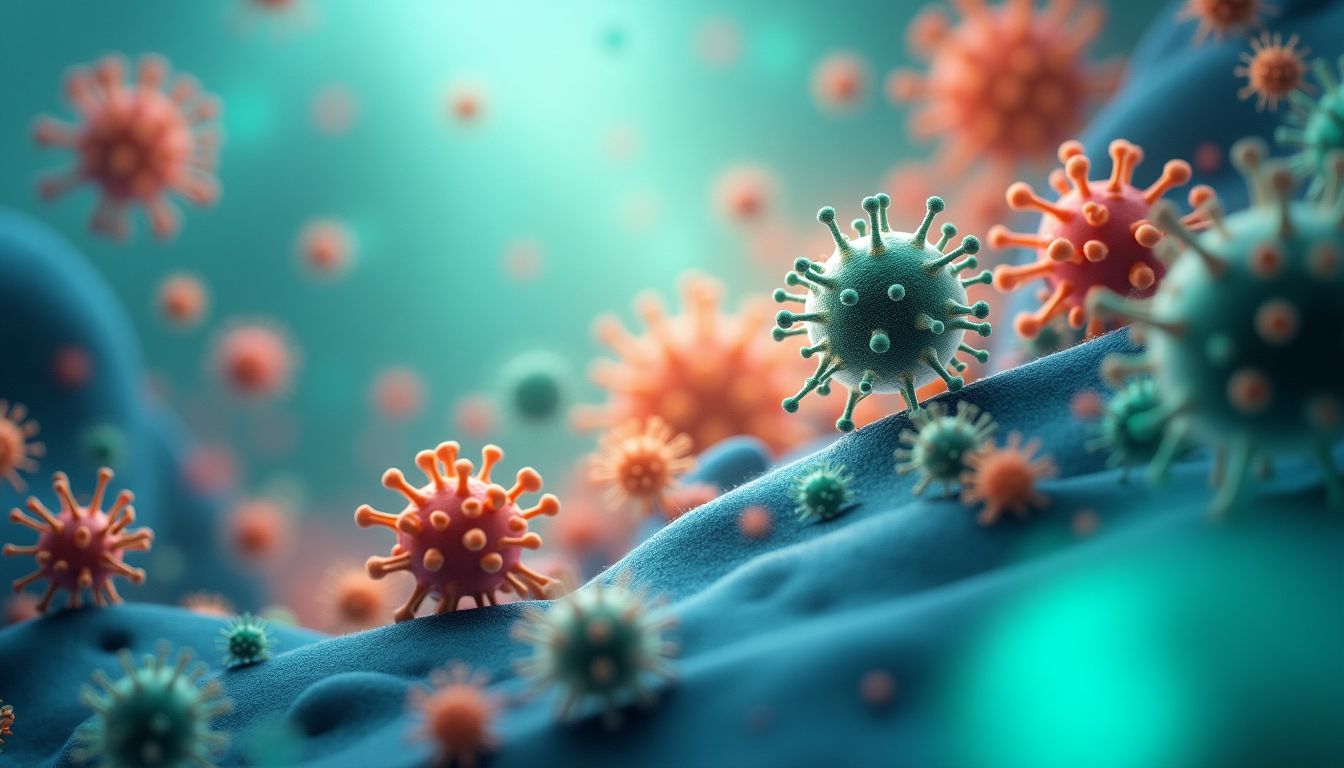
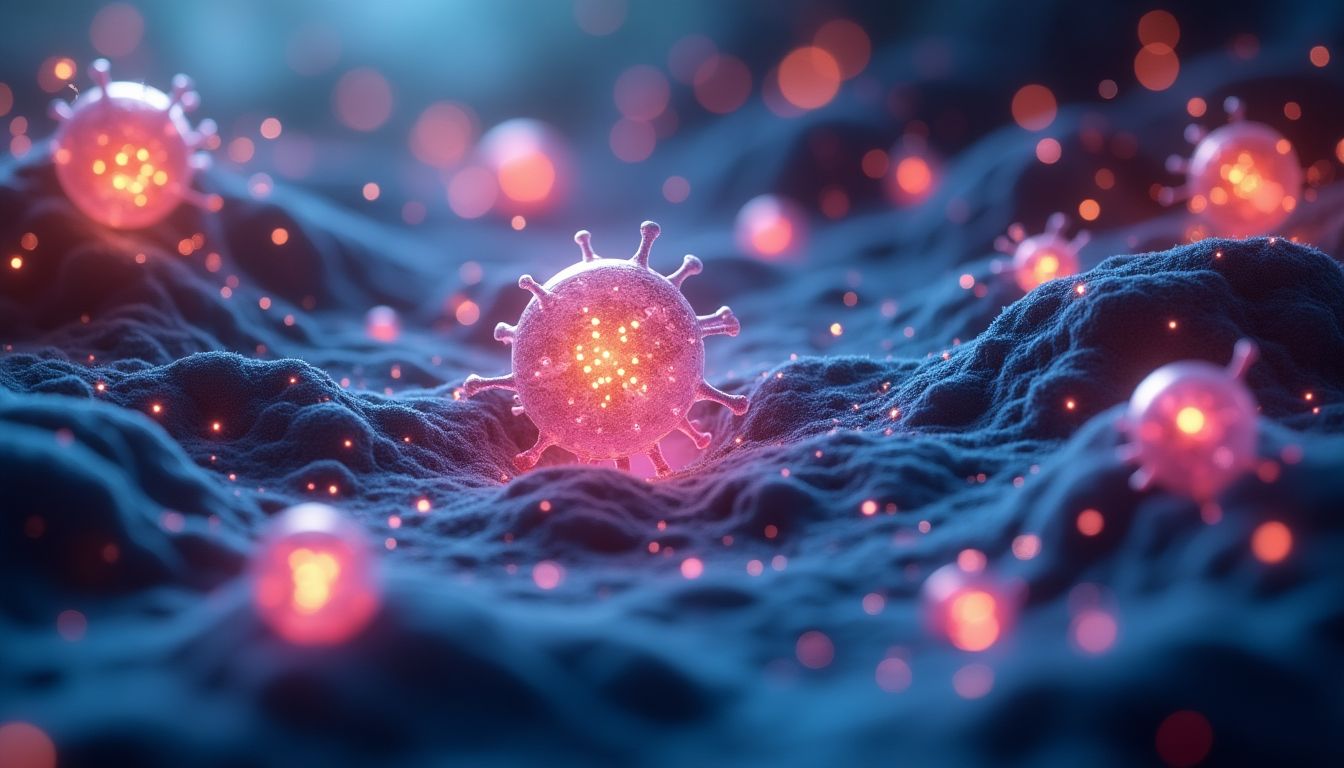
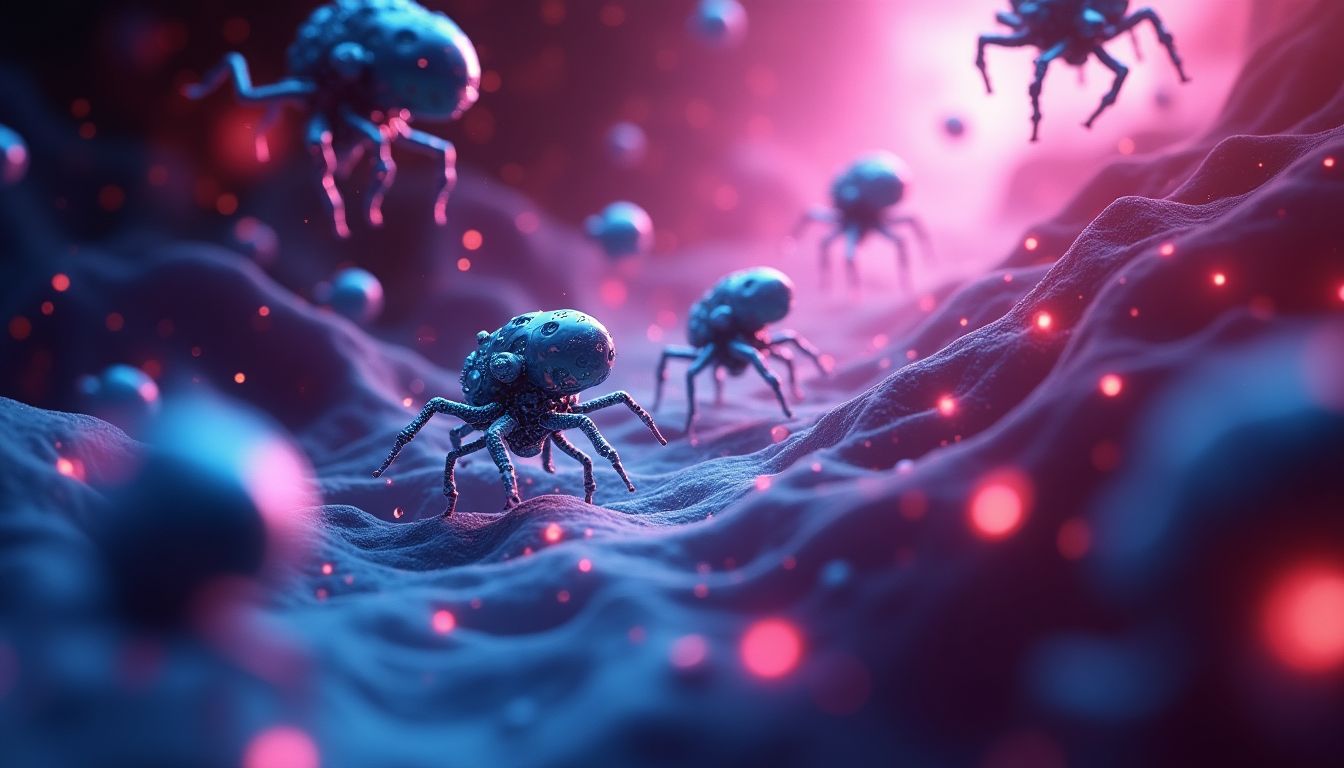
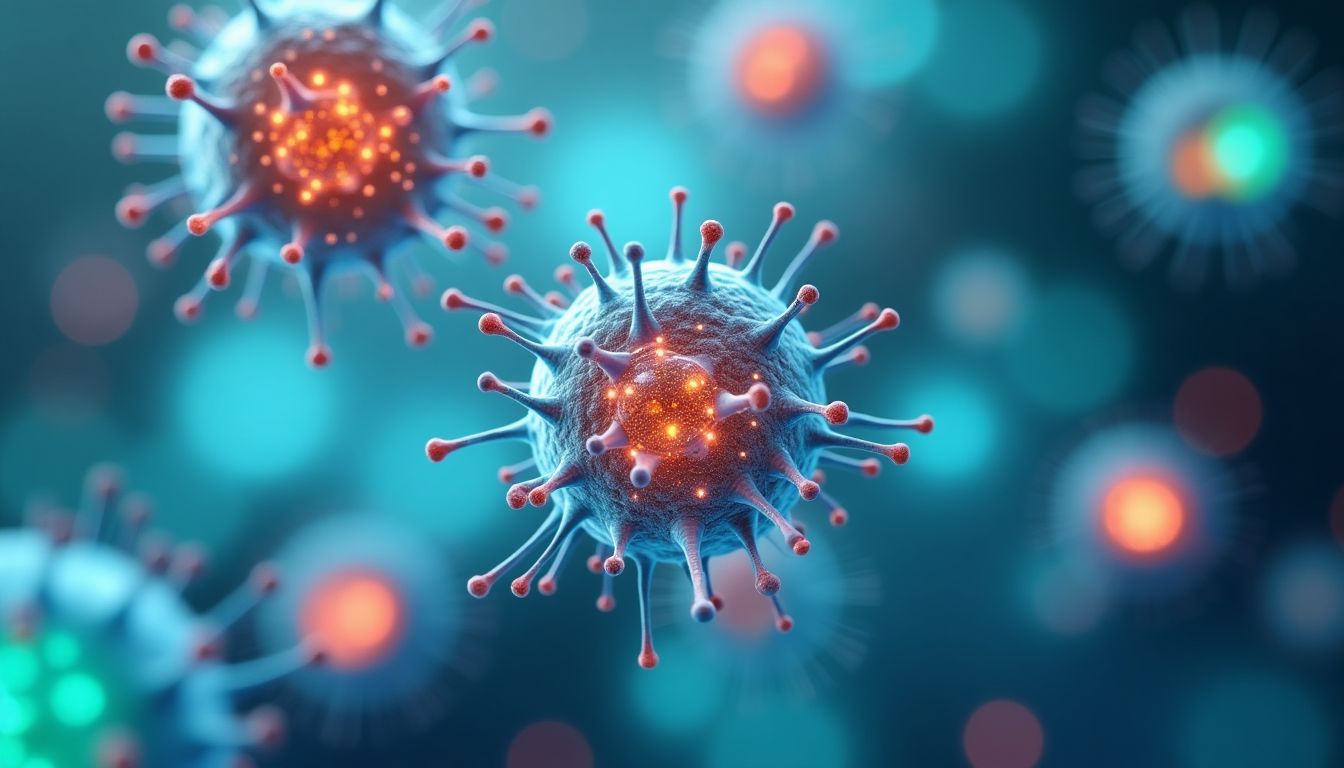

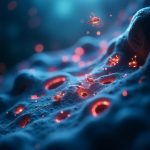






















Post Comment
You must be logged in to post a comment.